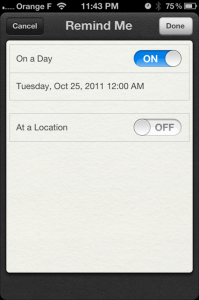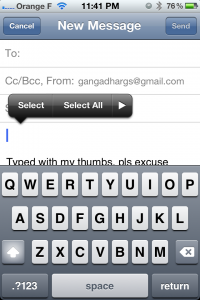With the advent of smartphones, we have been hearing about availability of health at your fingertips. One of the aspects of this is that we can easily keep track of our health using mHealth apps. If you look in the app stores, there are hundreds if not thousands of health tracker apps – some which are general, some which are condition specific (like my Diabetes app Lifely). All of them claim to help the user easily manage their health by entering the health data manually into the app.
The apps use many features to get the users to use them. Some of them are extremely feature rich. These apps are like the complicated TV and DVD remotes that we have in our homes. They have so many features that we do not know or care about all of them. I use just the on, off and channel change features. This problem applies to apps also. There is a minority of users who use all the many features and the developers have to support their needs by building more and more complex features.
Other apps use awesome looking design and UI to get the user’s interest. These tend to be very simple and easy to use. They also use fancy colors and new UI which makes the app very fresh and interesting to the users. Based on their fresh look, they get many users in the beginning. But as with all apps, the usage of these apps also falls as soon as the novelty of the design becomes stale (in about a week or so).
Apart from design and features, some apps use gamification and pointification to get users to keep using the apps. Yes, been there and done that. But gamification can only help to a certain extent. From what I have seen, after a while the game becomes stale and the users stop using the app. You just have to see the struggles that Foursquare has in going beyond the early adopters.
So I feel that the only way a health tracking app can be useful is if it can track passively without making the user manually enter everything into the app. I recently came across a fabulous implementation of passive activity tracking in an app called Moves. You do not have to do anything to track your walks and runs in Moves. Since you carry your phone with you, it tracks your movements automatically. At the end of the day, you get a report on how many steps you walked and how many minutes you ran. I feel that all health tracking apps should be like this. If the user is expected to do anything more than install the app, you can expect them to stop doing it at some point and your app usage will drop.
So, if you are working on yet another manual health tracking app, please stop now and conserve your time and energy. A new design, gamification or even rewards is not going to motivate your users to keep using the app. If you are working on a passive health tracking app, let me know about it! I would love to test it out.

 Follow
Follow


